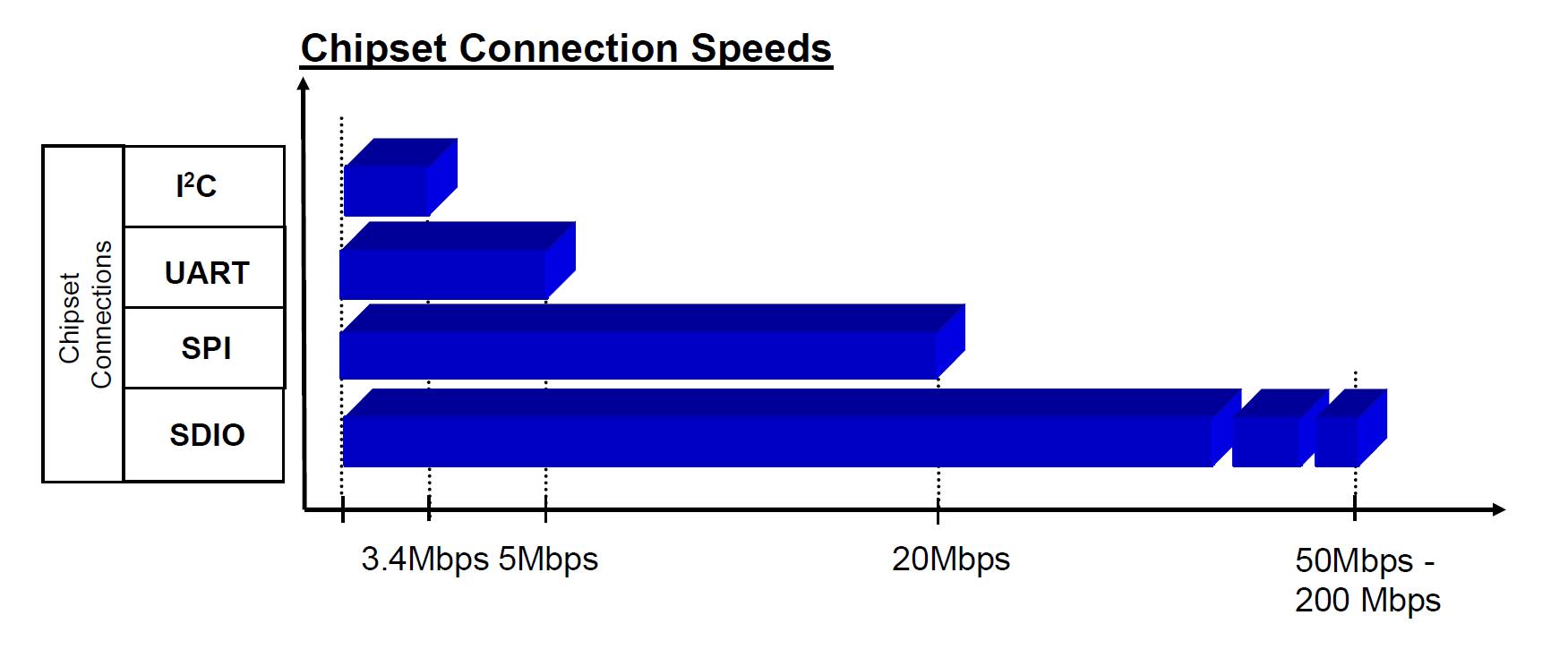- Home
- Symmetry Blog
- So what comes after 802.11n? --> 802.11ac!
So what comes after 802.11n? --> 802.11ac!
Thursday, August 15, 2013
What is 802.11ac?
- A new WLAN (Wi-Fi) standard, developed from 2011 to 2013.
- It works on the 5GHz frequency band, not 2.4GHz like some of the older Wi-Fi standards.
Why was it developed?
- Mobile devices require more bandwidth - just think about streaming video to your iPad.
- People carry multiple wireless devices - laptop, cell, iPad.
What are some of its features?
| 802.11ac Features | Customer Benefits |
|---|---|
| Wider channels | Higher data rates – up to 1.3Gbps per radio |
| Higher encoding density | Higher bit density per packet |
| Increased number of spatial streams | Higher data rates per AP/client link |
| Beamforming | Greater wireless AP/client link reliability |
| Multi-user MIMO | Greater AP/client capacity and efficient use of spectrum |
Compared to this, 802.11n primarily works on the 2.4GHz band but can also use the 5GHz band as an option. The maximum data rate for 802.11n is around 600Mbps, which as explained later on is more than enough for embedded solutions.
An important thing to understand – throughput
In the product brief for a Wi-Fi module you will often see “supported data rates” or “symbol rates” for a specific protocol, such as 54Mbps for 802.11g. This “data rate” is the rate for the radio, not the module as a whole. This only means that if you set the module to 54Mbps and your wireless router in your house to 54Mbps they will be able to communicate with each other. However, it does not automatically mean that you can hook the module up to a device that sends data at 54Mbps and expect the module to send it over the air at 54Mbps. Why is that? Well, the module has to take the raw data that comes in and put it into TCP/IP packets and also send control information to manage the link at the same time. Most of the modules use small embedded processors that aren’t fast enough to finish its work on the first data packet before the second packet comes in, so the real data rate will be lower.
So if a customer says they need to send video at say 10Mbps, you have to look for the Throughput rate on the product brief. This is the complete data rate of the entire modem, not just the data rate of the radio. To achieve the best throughput, the SDIO interface is commonly used to connect the host micro to the Wi-Fi module. The figure below shows a comparison between some of the most common embedded transfer protocols.
 (From: SDIO: Bridging the gap of modular hardware design today, Cypress Semiconductor)
(From: SDIO: Bridging the gap of modular hardware design today, Cypress Semiconductor)
Depending on the version of the SDIO protocol used, it can reach speeds of up to 200Mbps. This is more than enough to broadcast compressed HD video, and still a lot lower than the maximum throughput of the 802.11n standard, making 802.11n sufficient for most embedded applications today and well into the future.
What does this mean for embedded products?
Many of the modules/chipsets sold are designed for low power consumption and relatively low throughput. An example of this is a sensor that only wakes up once a day and sends a few measurements to a server over the wireless network. It is therefore not necessary to have a radio that can transmit at a rate of 1Gbps when you’re only using 1Mbps for your application.
The 802.11ac standard is designed to facilitate multiple connections at the same time. This is useful in an access point such as your wireless router at home that connects to multiple laptops and cell-phones at the same time. For embedded products that act as a client connecting to an access point, this is not needed.
Given the previous two points you may ask why embedded products would use 802.11ac at all. The reason is so that they can talk to other devices that can only speak 802.11ac. This means that adoption of the new standard in embedded modules will be quite slow.
View wireless products from GainSpan, Bluegiga, and Redpine Signals.